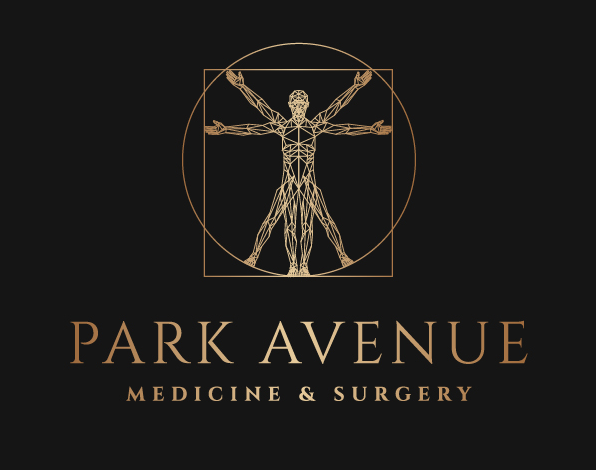What Kills It Also Makes It Stronger
By Gregory Belizaire
Humans and bacteria have had a complex relationship throughout history. Some bacteria are vital to a person’s health and digestive processes, while others may wreak havoc upon that same individual’s internal organs. But when Alexander Fleming observed a petri dish contaminated with the fungus Penicillin notatum, the evolutionary pendulum took a massive swing in favor of mankind. Antibiotics have proven to be incredibly effective at disrupting the growth and manifestation of many forms of bacteria, essentially eliminating many threats that they once posed. However, as evolutionary theory suggests, all species are in a transient state, and there is evidence that the pressures induced by modern medicine may push bacteria to a form that is no longer vulnerable to the methods previously used to eliminate them.
According to the World Health Organization (WHO), “When infections can no longer be treated by first-line antibiotics, more expensive medicines must be used.” An increase in treatment cost is often an overlooked consequence of antibiotic failure. The price of antibiotics have aided in their accessibility and availability to people in all sorts of medical emergencies. If they become ineffective however, other methods that may be needed to protect against infection would likely be more difficult to implement and more costly to obtain.
In addition to the financial costs of new antibacterial approaches are the added physical costs of care in general. As the WHO states, “Organ transplantations, chemotherapy and surgeries such as caesarean sections become much more dangerous without effective antibiotics for the prevention and treatment of infections” (“Antibiotic Resistance”). Although Fleming’s miraculous error was just a century ago, the use of antibiotics since then has been widespread. From wisdom teeth removal to C-sections, medical procedures rely on the application of antibiotics to defend against potentially life-threatening bacterial infections.
The mechanism behind the growing antibiotic resistance is natural, but is exasperated by its constant usage. According to the Center for Disease Control (CDC), “Overuse and misuse of antibiotics allows the development of antibiotic-resistant bacteria. Every time a person takes antibiotics, sensitive bacteria (bacteria that antibiotics can still attack) are killed, but resistant bacteria are left to grow and multiply” (“Antibiotic Resistance Questions and Answers”). When antibiotics are used to kill bacteria, it does not necessarily destroy all traces of the population. The bacteria that may survive can multiply and form a new population that the antibiotic is no longer effective against. This can leave people unknowingly yet extremely vulnerable to this newly resistant form of bacteria. In the words of an article by the Microbiology Society, “[M]odern medicine would be set back decades…and many of the more complex surgeries doctors now perform may not be possible” (“What are Antibiotics”).
While it is certainly in the best interest of human beings to scale back the frequent prescription and usage of antibiotics, all hope is not necessarily lost. Modern medicine is constantly making strides towards better methods of improving the health and quality of life for individuals. And while many of these efforts are intentional, perhaps we are all just another Fleming-like accident away from discovering an entirely new way to combat our bacterial nemeses.
References:
“Antibiotic Resistance.” World Health Organization, World Health Organization, 5 Feb. 2018, www.who.int/news-room/fact-sheets/detail/antibiotic-resistance.
“Antibiotic Resistance Questions and Answers.” Centers for Disease Control and Prevention, Centers for Disease Control and Prevention, 29 May 2018, www.cdc.gov/antibiotic-use/community/about/antibiotic-resistance-faqs.html .
“What Are Antibiotics And How Do They Work.” Microbiology Society, Microbiology Society, 2018, www.microbiologysociety.org/education-outreach/antibiotics-unearthed/antibiotics-and-antibiotic-resistance/the-history-of-antibiotics.html.



